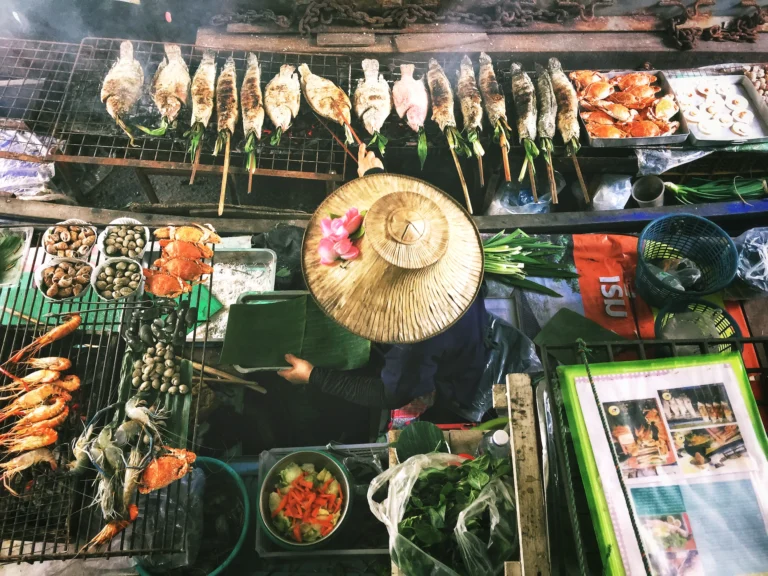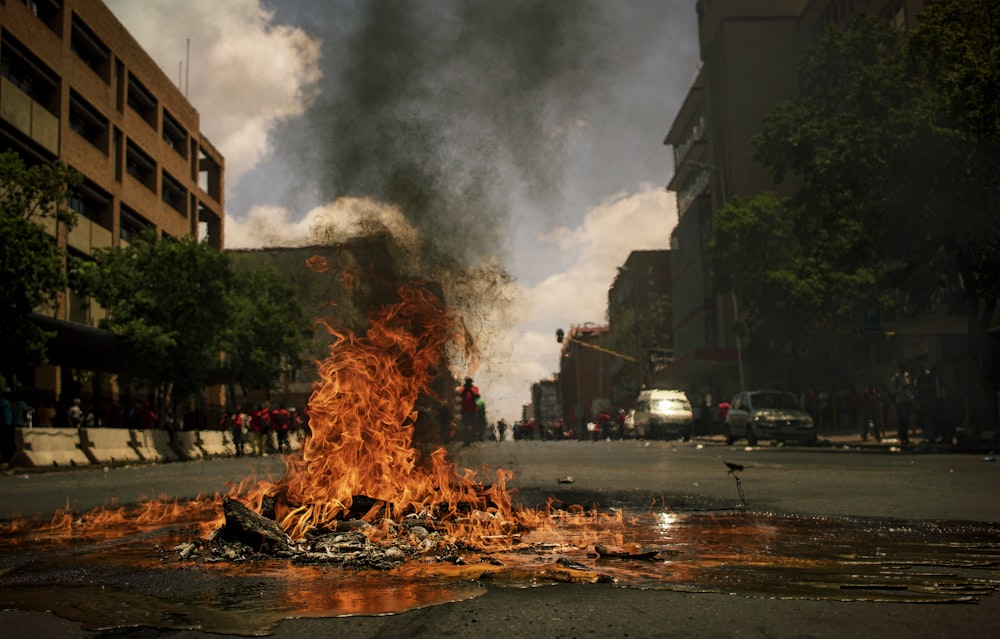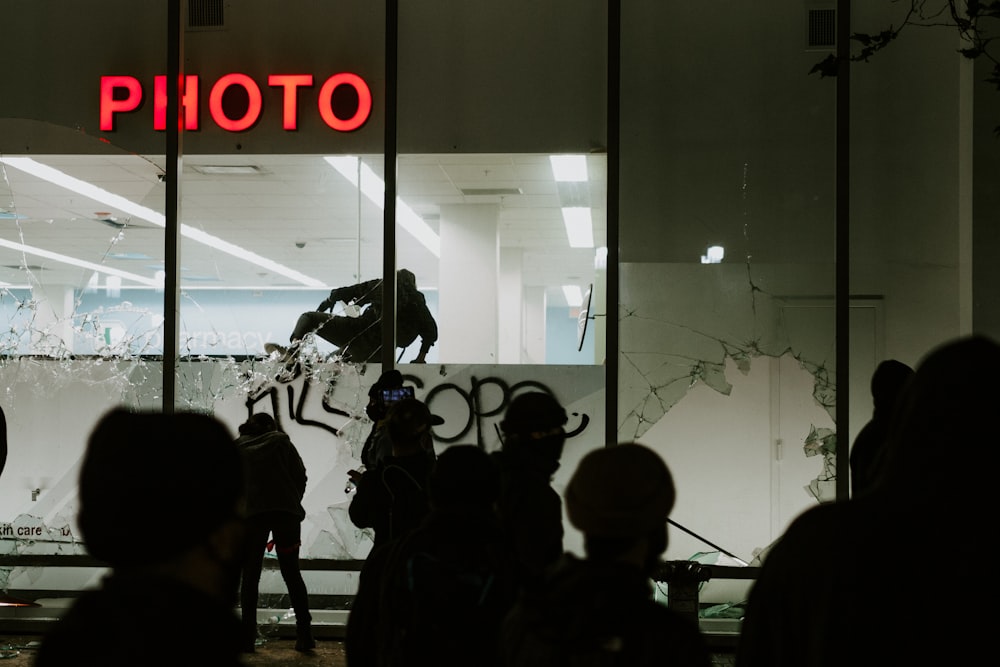Photojournalism is an incredible field of photography that involves capturing images that tell a story. It is a form of visual journalism that uses photographs to communicate news and events to the public. The role of photojournalism is to provide an accurate and truthful representation of events as they occur, without any manipulation or alteration of the images.
The importance of photojournalism lies in its ability to provide a visual record of history. It captures moments in time that may otherwise be forgotten or overlooked. Photojournalism photography is often used to document social and political issues, conflicts, and human rights abuses. The images captured by photojournalists can have a powerful impact on society, influencing public opinion and policy decisions.
What is Photojournalism?
Defining Photojournalism
Photojournalism is a form of documentary photography that captures images of real-life events, people, and places. Unlike other forms of photography, photojournalism aims to tell a story through visual storytelling. It is a powerful tool for communication that can evoke emotions, raise awareness, and inspire action.
Visual Storytelling and Its Impact
The goal of photojournalism is to capture and convey the truth in an honest and objective manner. A good photojournalist is one who has a keen eye for detail, composition, and timing. They must be able to capture the essence of a moment and convey it to the viewer through their images.
Visual storytelling is a key component of photojournalism. It is the art of using images to tell a story. A good photojournalist must be able to create a narrative that is compelling, engaging, and informative. They must be able to capture images that are not only aesthetically pleasing but also convey a message.
Ethics and Responsibilities
Photojournalism comes with a great deal of responsibility. Photojournalists must adhere to a strict code of ethics that governs their behavior and the way they present their images. They must be truthful, accurate, and objective in their reporting. They must also respect the privacy and dignity of their subjects.
The goal of photojournalism is not to sensationalize or manipulate the truth but to present it in a way that is honest and objective. Photojournalists must also be aware of the impact their images can have on the world. They must be mindful of the potential consequences of their work and strive to create images that are socially responsible and have a positive impact on society.
In conclusion, photojournalism is a powerful form of visual storytelling that has the ability to capture and convey the truth in an honest and objective manner. It is a form of documentary photography that comes with a great deal of responsibility and requires a high level of skill, creativity, and ethics.
Historical Development
Early Beginnings
Photojournalism has its roots in war photography, with Roger Fenton pioneering the field during the Crimean War. Fenton was the first official war photographer, shooting images that demonstrated the effects of war. His work was published in the Illustrated London News, bringing these images to a mass audience for the first time. The start of the American Civil War in 1861 also saw the rise of photojournalism, with photographers using the new wet-plate collodion process to capture images of the conflict.
Golden Age and Evolution
The early 20th century saw the golden age of photojournalism, with the appearance of lighter, easier-to-use camera equipment leading to an increase in images of war for reproduction. The Great Depression also led to a rise in photojournalism, with photographers capturing images of the suffering of people during the crisis. During World War II, photojournalists captured iconic images that shaped public opinion, such as Joe Rosenthal’s photograph of the raising of the American flag on Iwo Jima.
Modern Advances in Photojournalism
The rise of digital photography has transformed photojournalism, with images now able to be transmitted instantly to newsrooms around the world. Photojournalists are now able to capture and share images of events as they unfold in real-time, leading to a new era of citizen journalism. Despite the advances in technology, the role of the photojournalist remains the same: to use images to tell news stories in a candid and unbiased way.
Overall, the history of photojournalism has been shaped by the events of the time, from the Crimean War to the rise of digital photography. The evolution of the field has been marked by advances in technology and changes in the way news is reported, but the role of the photojournalist remains as important as ever in shaping public opinion and documenting the world around us.
Key Figures in Photojournalism
Pioneers and Icons
Photojournalism has been shaped by numerous individuals who have made significant contributions to the field. Some of the most notable pioneers and icons of photojournalism include Robert Capa, Dorothea Lange, and Henri Cartier-Bresson.
Robert Capa was a Hungarian war photographer and co-founder of the Magnum Photos agency. Capa is best known for his iconic images of the Spanish Civil War and the D-Day landings during World War II. He is also famous for his quote, “If your pictures aren’t good enough, you’re not close enough.”
Dorothea Lange was an American documentary photographer and photojournalist. Her photographs of the Great Depression, including the iconic “Migrant Mother,” have become some of the most recognizable images of the era. Lange’s work brought attention to the plight of migrant workers and helped to shape public opinion on social issues.
Henri Cartier-Bresson was a French photographer and co-founder of the Magnum Photos agency. He is considered one of the pioneers of modern photojournalism and is known for his “decisive moment” style of photography. Cartier-Bresson’s photographs captured everyday life and events in a way that was both spontaneous and artful.
Influential Modern Photojournalists
Photojournalism has continued to evolve in the modern era, with new photographers making their mark on the field. Some of the most influential modern photojournalists include Margaret Bourke-White, Albert Eisenstaedt, and Steve McCurry.
Margaret Bourke-White was an American photographer and the first female photojournalist to work for Life magazine. She covered some of the most significant events of the 20th century, including World War II and the partition of India. Bourke-White’s photographs are known for their striking composition and powerful storytelling.
Albert Eisenstaedt was a German-American photographer and one of the most famous photojournalists of the 20th century. He worked for Life magazine for over 40 years and captured some of the most iconic images of the era, including the famous V-J Day kiss in Times Square. Eisenstaedt’s photographs are known for their humor, humanity, and ability to capture the essence of a moment.
Steve McCurry is an American photographer best known for his work in National Geographic magazine. He has covered conflicts, cultures, and traditions all over the world, and is perhaps best known for his iconic photograph of the “Afghan Girl.” McCurry’s photographs are characterized by their vibrant colors, striking composition, and ability to capture the human spirit.
Overall, these key figures in photojournalism have helped to shape the field and inspire generations of photographers to come.
Photojournalism in Practice
Covering Important Events
Photojournalism is an essential part of news reporting and storytelling. A photojournalist’s job is to capture the essence of an event through their lens and convey the story to the audience. They cover important events such as political rallies, natural disasters, and cultural events. The images they capture become a visual documentation of history and help the audience connect with the story.
When covering events, photojournalists need to be aware of their surroundings and anticipate the moments that will make a great photograph. They need to be quick on their feet and able to adapt to changing situations. They also need to be respectful of the people they are photographing and not interfere with the event.
The Photojournalist’s Toolkit
A photojournalist’s toolkit includes camera equipment and knowledge of how to use it. In the past, photojournalists used 35mm cameras, but now digital cameras are more common. The type of camera used depends on the situation. For example, a photojournalist covering a political rally may use a long lens to capture the crowd, while a photojournalist covering a cultural event may use a wide-angle lens to capture the surroundings.
In addition to the camera, photojournalists also use other equipment such as tripods, flash units, and memory cards. They need to be prepared for any situation and have backup equipment in case something goes wrong.
Overall, photojournalism is an essential part of news reporting and storytelling. Photojournalists cover important events and use their toolkit to capture the essence of the story. They are the eyes of the audience and help them connect with the story on a deeper level.
Genres and Styles
Types of Photojournalism
Photojournalism encompasses a wide range of genres and styles, each with its own unique characteristics and objectives. Some of the most common types of photojournalism include street photography, war photography, photo essays, and feature photojournalism.
Street photography is a type of photojournalism that captures candid moments of everyday life in public spaces. This genre often focuses on the human condition and aims to tell a story through the lens of the photographer. War photography, on the other hand, is a type of photojournalism that documents the harsh realities of armed conflict. It often involves capturing images of soldiers, civilians, and the aftermath of battles.
Photo essays are a series of photographs that tell a story or convey a message. This type of photojournalism is often used in magazines and newspapers to illustrate an article or feature. Feature photojournalism, on the other hand, is a type of photojournalism that focuses on human interest stories. It often involves capturing images of people and their experiences, and aims to evoke an emotional response from the viewer.
The Photojournalistic Approach
The photojournalistic approach to photography involves capturing candid moments and telling a story through images. This style of photography is often used in news reporting, but can also be used in other contexts such as weddings. Photojournalistic wedding photography is becoming increasingly popular as couples seek to capture candid moments of their special day.
The photojournalistic approach to photography often involves using natural lighting and minimal editing to create a more authentic and honest representation of the subject. This style of photography is characterized by its raw and unfiltered look, which aims to capture the essence of the moment.
In summary, photojournalism encompasses a wide range of genres and styles, each with its own unique characteristics and objectives. Whether it’s capturing candid moments on the streets or documenting the harsh realities of war, the photojournalistic approach to photography aims to tell a story through images that evoke an emotional response from the viewer.
Industry and Careers
Working as a Professional Photojournalist
Becoming a professional photojournalist requires a combination of education, experience, and a strong portfolio. Successful photojournalists often have a bachelor’s degree in journalism, photography, or a related field, and have completed internships or worked as freelancers to build their portfolio and gain experience.
Professional photojournalists work for newspapers, magazines, wire services, and other media outlets. They cover a wide range of topics, from local news and events to international conflicts and disasters. They are responsible for capturing images that tell a story, and must be able to work quickly and under pressure to meet tight deadlines.
In addition to technical skills, photojournalists must have excellent communication and interpersonal skills. They must be able to build relationships with sources, work effectively with editors and other journalists, and navigate complex ethical issues.
You might enjoy reading our article on the Best Cameras for Photojournalists where we look for the most relevant cameras in this field for both beginners and experienced photographers.
Education and Skill Development
Many colleges and universities offer degree programs in photojournalism, which provide students with a strong foundation in photography, journalism, and multimedia storytelling. Students in these programs typically take courses in photojournalism techniques, media law and ethics, and digital media production.
In addition to degree programs, there are also a variety of photojournalism courses and workshops available through organizations like the National Press Photographers Association. These programs offer opportunities for skill development, networking, and portfolio building.
To succeed as a photojournalist, it is important to stay up-to-date with the latest technology and industry trends. This can involve attending conferences and workshops, reading industry publications, and participating in online forums and social media groups.
Overall, a career in photojournalism can be both challenging and rewarding. With the right combination of education, experience, and skill development, aspiring photojournalists can build successful careers in this exciting and dynamic field.
Photojournalism’s Influence
Photojournalism has a significant impact on shaping public opinion and awareness. Through the use of powerful images, photojournalists can bring attention to important issues and events that may have otherwise gone unnoticed.
Shaping Public Opinion and Awareness
News outlets and organizations rely heavily on photojournalism to help tell their stories. Photojournalism has the power to evoke emotions and convey information in a way that written articles cannot. By capturing images that tell a story, photojournalists can help shape public opinion and awareness on a variety of issues, from social justice and human rights to environmental concerns and political events.
In the world of media, photojournalism has become an essential tool for news organizations to connect with their audience. With the rise of digital media, photojournalism has become more accessible than ever before. Social media platforms have made it easier for photojournalists to share their work and reach a wider audience.
The Digital Era and Social Media
The digital era has revolutionized the way photojournalism is produced and consumed. With the rise of social media platforms, photojournalists are now able to share their work with a global audience in real-time. Social media has also given a platform to citizen journalists, who are able to capture and share important events as they unfold. We now all have the capacity to be photojournalist.
However, the digital era has also presented new challenges for photojournalism. With the abundance of images available online, it can be difficult to distinguish between authentic and manipulated images. Additionally, social media platforms have also been criticized for their role in perpetuating fake news and misinformation.
Despite these challenges, photojournalism remains an essential tool for shaping public opinion and awareness. As the world continues to change, photojournalists will continue to play a vital role in documenting and sharing important events with the world.
You may also enjoy reading other articles we have written recently;
How to Shoot Better Summer Landscape Photography in 2024 – Photography Revision
A Beginner’s Guide to Architectural Photography – Everything You Need to Know – Photography Revision
A Beginner’s Guide to Wildlife Photography | 2024 – Photography Revision




